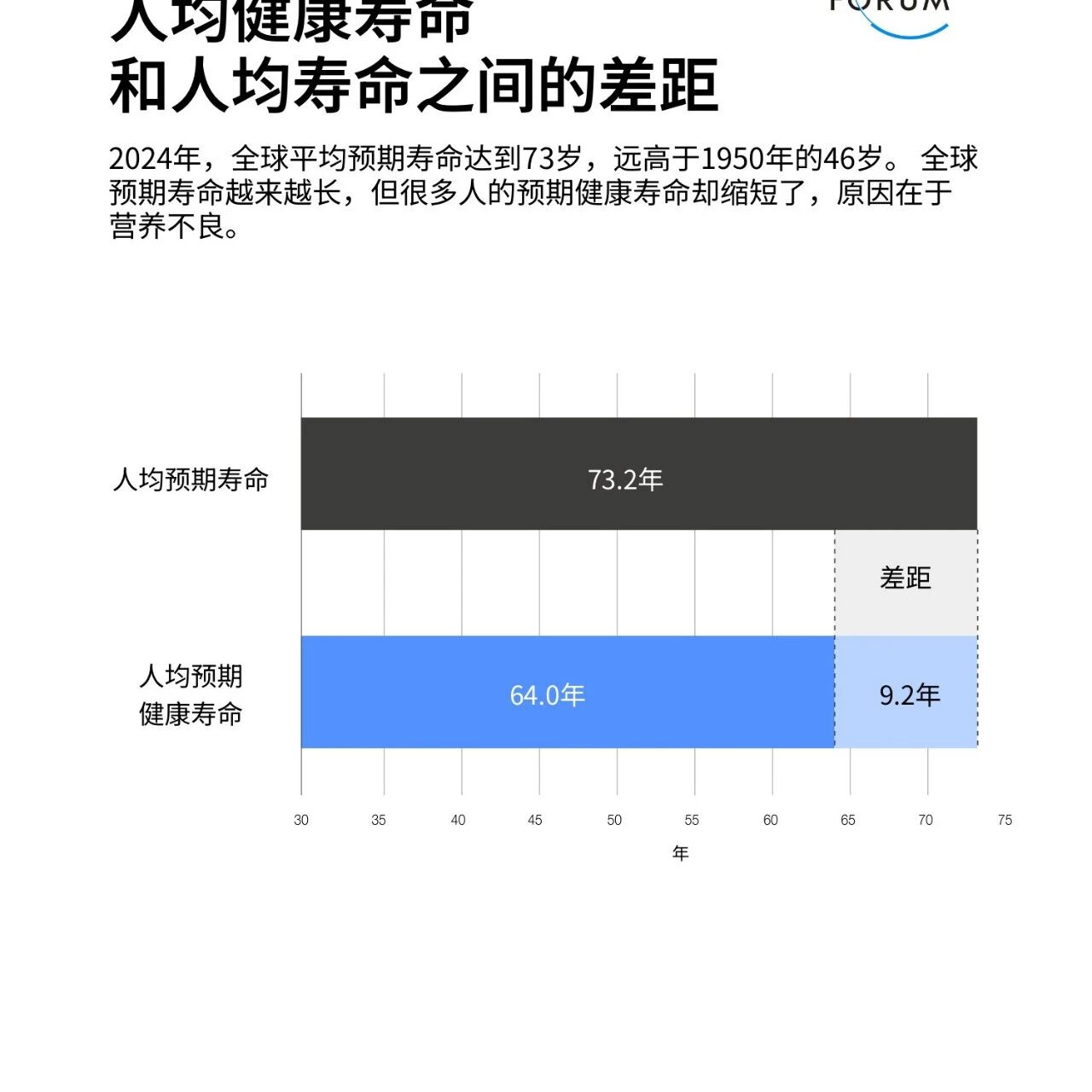

By boosting GDP, improving governance, and fostering inclusive innovation, gender equality provides a powerful engine for economic growth.
Image source: Getty Images/LaylaBird
Katica Roy
Founder and CEO of Pipeline Equity
It will still take 123 years to achieve full gender equality, but many countries are steadily closing this gap.
Countries that can unlock the full potential of their entire population—rather than just one gender—can enhance resilience, productivity, and innovation.
Investing in gender equality through quotas, corporate policies, and digital inclusion can help achieve long-term prosperity.
In 2025, the world is still 123 years away from achieving full gender equality. While this figure may seem daunting, it also highlights that we’ve made progress equivalent to more than a decade’s worth of advancements in just one year. According to the World Economic Forum’s latest Global Gender Gap Report, nearly 70% of the global gender gap has now been closed—marking the highest level since the onset of the pandemic. Amidst this fragile progress lies a powerful insight: gender equality isn’t merely a moral add-on for economic recovery—it’s, in fact, the very engine driving sustainable economic growth.
Countries that unlock the full potential of their entire population—rather than just one gender—are more likely to lead the way in resilience, productivity, and innovation. From Iceland, which has ranked at the top of the global gender equality index for 16 consecutive years, to the UAE, which has rapidly risen into the world’s top 70, the evidence shows that when women take on leadership roles, economies experience a remarkable boost.
However, progress doesn’t happen automatically. Currently, no country has achieved full gender equality. Yet, some nations are making faster strides than others—driven by three clear, replicable "levers of momentum": political quotas, corporate board representation, and AI skills development pathways.
Many countries have adopted these three strategies and found that when women are truly given decision-making roles—whether in cabinet meetings or during code reviews—the entire system benefits. And when these levers are pulled intentionally and in harmony, they translate into measurable economic gains: higher GDP, increased labor-force participation, and more inclusive growth.
Political quotas: Fundamentally achieving equality
The largest gender gap still exists in terms of power, not potential. Political empowerment remains the most lagging across all dimensions, with women globally holding just 27.1% of parliamentary seats and 22.9% of ministerial positions. Quotas, however, offer a proven and effective pathway to swiftly achieve gender equality.
Take Rwanda as an example: in its 2003 constitution, the country implemented a 30% parliamentary quota for women. By 2024, women held 61.3% of parliamentary seats and 55% of ministerial positions—among the highest rates globally. These figures are significant enough to shape governance priorities, often steering national focus toward critical areas like health, education, and social welfare. Moreover, higher levels of female political participation are closely linked to more stable economic growth and more inclusive social outcomes.
Other countries are also starting to take notice of this trend. According to the latest Global Gender Gap Report, both Mexico and Nicaragua have implemented policies requiring that half of parliamentary candidates be women, leading to parliaments that now closely mirror gender parity. Meanwhile, in 2019, the United Arab Emirates issued a presidential decree mandating that half of the seats in its Federal National Council must be occupied by women. Within just one electoral cycle, the proportion of female representatives surged from 22% to 50%, propelling the UAE up the Global Gender Gap Report’s political empowerment rankings—from 75th globally five years earlier to 32nd today.
The report also highlights the UK’s transformation, as its cabinet has now achieved gender balance for the first time—increasing the female representation from 24% in 2019 to nearly 50% following the most recent election. This remarkable shift has propelled the UK up the global gender equality rankings—from 14th to 4th place—making it the country with the largest improvement among developed economies.
Quotas don’t permanently solve the problem, but they serve as a powerful catalyst. In systems where historical exclusion runs deep, quotas can break through longstanding barriers and accelerate progress toward equality. Today, more than 130 countries worldwide have adopted some form of gender quota in public office. In places where quotas are implemented, women’s representation has increased significantly, leading to improved policy outcomes—such as paid family leave and enhanced childcare initiatives. In certain cases, these changes have even boosted public trust in government.
Fairness in business is an economic necessity.
Just as political quotas have opened the door to legislative power, board representation mandates can also break down barriers to top corporate leadership positions. Globally, women make up 40.2% of the workforce, yet they hold only 28.8% of management roles. Closing this gap will require deliberate and intentional action.
Norway was the first country globally to mandate that women make up at least 40% of board positions, and within three years, the share of female directors soared from 17% to 40%. Today, Norway and France have nearly achieved gender balance on their corporate boards—yet neither country has experienced any decline in business performance as a result. On the contrary, ongoing research consistently shows that companies with higher representation of female leaders tend to outperform others in terms of return on equity and resilience during crises.
Not all progress depends on legislation. The voluntary Hampton-Alexander review in the UK set targets rather than mandates, yet it still paved the way for FTSE 100 companies to achieve a 40% female representation on their boards by 2022. Still, mandatory regulations remain a powerful catalyst for accelerating change.
Starting in 2021, the UAE mandated that all publicly listed companies include at least one female director on their boards. Within just two years, the percentage of female directors rose from 3.5% to 8.9%. By 2025, this requirement will be extended to cover large private-sector enterprises as well.
Board representation isn’t symbolic—it’s a tool for improving the system. Women’s involvement in corporate governance can influence hiring practices, pay equity, supply-chain decisions, and even drive business innovation. When leadership better reflects the customers they serve, companies also become more agile and ultimately more successful.
AI Skill Development: Bridging the Next Frontier of Inequality
As we step into the AI era, a new gender gap is emerging—not in conference rooms or boardrooms, but lurking instead within algorithms and engineering labs.
In 2021, women accounted for just 32% of AI and data professionals worldwide, 20% of engineers, and 14% of cloud computing roles. Without intervention, this gender gap risks entrenching future inequalities and design biases into the very technologies that shape our economy and democracy.
In this regard, the UAE has once again demonstrated a remarkable counter-trend. The country boasts a workforce where 70% of university graduates are women, many of whom pursue STEM (science, technology, engineering, and mathematics) fields. These women are applying their specialized knowledge to diverse sectors, ranging from healthcare to environmental sustainability.
This is no coincidence. The UAE’s Gender Balance Council supports coding bootcamps, AI mentorship programs, and partnerships with nonprofit organizations. A powerful example of this strategy: in the UAE’s 2021 Mars mission, 80% of the science team were women. Meanwhile, other countries like Canada are also embedding gender equality into their national AI strategies, while Finland’s legal framework and nationwide gender-equality policies are actively working to build a more inclusive AI workforce.
Bridging the digital divide is not a luxury—it’s a necessity. Some studies show that 92% of future jobs will require digital skills. If women are left behind, the economy will lose half of its innovation potential; however, when women are fully included, AI will become more inclusive and impactful as well.
Why can't we wait another 123 years?
We are witnessing a global economic rebalancing. The post-pandemic recovery, the disruptive impact of AI, and climate-driven migration are all reshaping labor markets and putting pressure on societal systems. In these times of rapid change, gender equality is not a luxury—it’s a powerful lever for progress.
Countries like Iceland, which are leaders in gender equality, consistently excel in innovation and competitiveness. Meanwhile, rapidly advancing nations such as the UAE demonstrate that swift and large-scale progress is achievable when political will aligns seamlessly with well-designed policies. And today, countries investing in gender equality through quotas, corporate mandates, and digital inclusion initiatives are already sowing the seeds for long-term prosperity.
This isn’t about ticking off a to-do list—it’s about reshaping the ultimate outcome. When women take the helm, they don’t simply replicate the status quo; instead, they reimagine it entirely. And this bold reimagining delivers tangible benefits: stronger GDP growth, more effective governance, and innovation that’s truly inclusive for all.
The message is clear: If you want the economy to leap forward, empower women to take on leadership roles.

The above content represents the author's personal views only.This article is translated from the World Economic Forum's Agenda blog; the Chinese version is for reference purposes only.Feel free to share this in your WeChat Moments; please leave a comment at the end of the post or on our official account if you’d like to republish.
Translated by: Di Chenjing | Edited by: Wang Can
The World Economic Forum is an independent and neutral platform dedicated to bringing together diverse perspectives to discuss critical global, regional, and industry-specific issues.
Follow us on Weibo, WeChat Video Accounts, Douyin, and Xiaohongshu!
"World Economic Forum"


